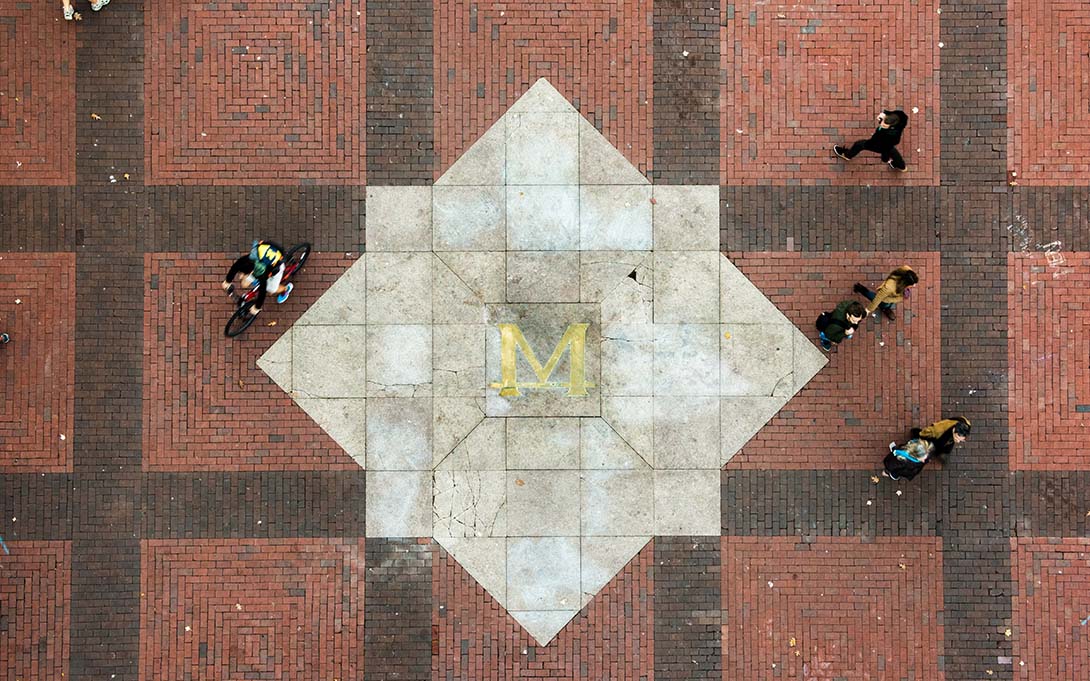Understanding Geographic Differences in Postsecondary Decision Making and Financial Aid Interventions
Project Summary
This study gathers and analyzes data from qualitative interviews with high school students in Michigan. These interviews ask students to describe their college decision making process and to what extent financial aid programs or interventions were effective at influencing their postsecondary decisions. The information gathered through this project provides vital insight, directly from the student perspective, on how financial aid interventions work and who they work for. Moreover, this project sheds light on the link between postsecondary inequality and student decision-making. Finally, the outcomes of this study will provide valuable insights for policymakers seeking to reduce inequalities in postsecondary access and attainment.

Research Objectives
This study will answer the following critical research questions:
• How do high-achieving, low-income students make postsecondary decisions?
• How do family, school, and geographic contexts shape those decisions?
• How do university-based financial aid interventions shape student decisions?
• Why are college going interventions, like HAIL, effective for some groups of students and not others?
Partners
Office of Enrollment Management, University of Michigan
Michigan Department of Education
Poverty and Inequality Research Lab, Johns Hopkins University
